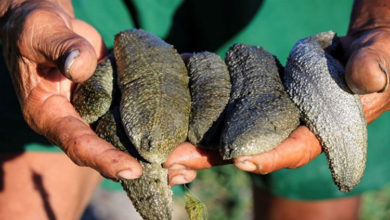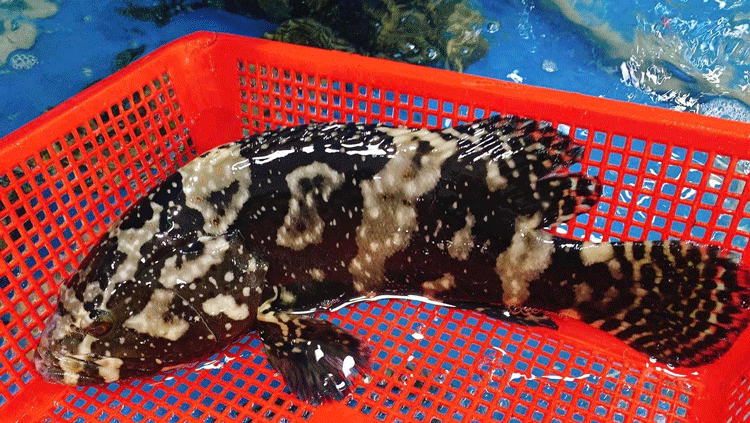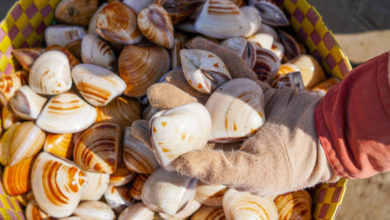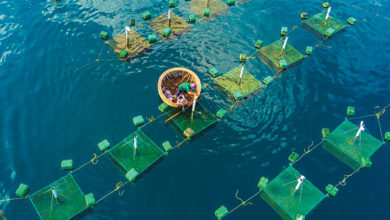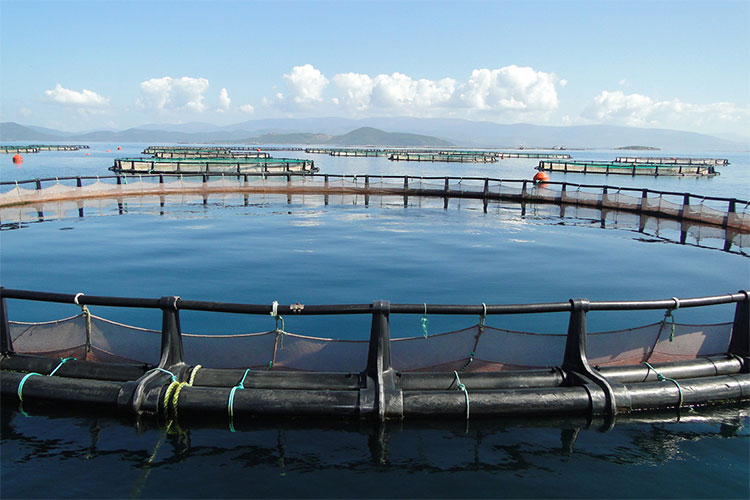Vietnam to expand mollusk farming and seaweed cultivation zones
Experts believe that with adequate investment, mollusks and seaweed could emerge as vital contributors to Vietnam's fisheries industry, alongside shrimp and pangasius. The Ministry of Agriculture and Rural Development aims to develop specialized farming zones to ensure high-quality production.
Current state and challenges
According to the Directorate of Fisheries, in 2024, mollusk farming covered 57,000 hectares (a 5.5% increase compared to 2022, accounting for 90% of marine farming area), with a production volume of 432,000 tons (56% of total marine farming output). Seaweed cultivation reached 16,500 hectares, producing 155,000 tons.
Vietnam has 635 mollusk hatcheries, producing over 190 billion mollusk juveniles in 2024. Commonly farmed species include clams, green mussels, Babylon snails, blood cockles, and ark clams. By November 2024, mollusk export turnover reached $195.3 million, a 67% increase compared to the same period last year.
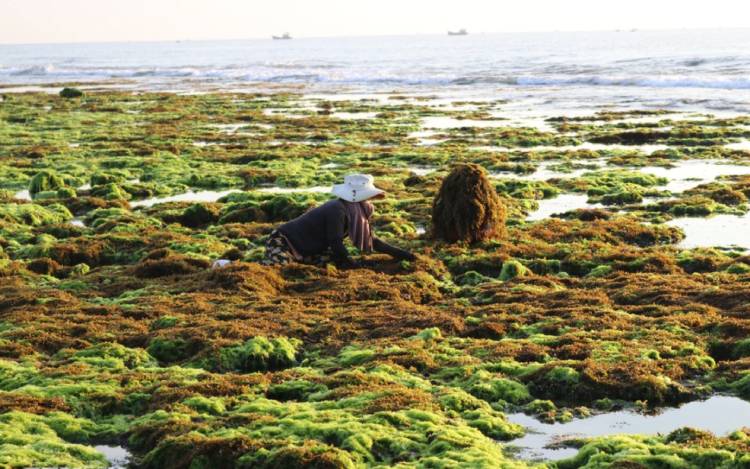
For seaweed, research shows a potential cultivation area of around 900,000 hectares in Vietnam. The country has documented 827 seaweed species, categorized into four groups: blue algae (88 species), red algae (412), brown algae (147), and green algae (180). According to VASEP, the global seaweed market is projected to grow by $5.56 billion, with a compound annual growth rate (CAGR) of 7.22% from 2023 to 2028, driven by rising consumer demand for seaweed-flavored food and beverages and growing awareness of its health benefits.
Despite these prospects, the mollusk and seaweed sectors face significant challenges, including poor juvenile quality, product marketability, environmental degradation, and disease outbreaks. For instance, clam farming in Nam Dinh has seen significant losses due to mass die-offs in recent years, largely attributed to substandard broodstock, low juvenile clam prices, and environmental issues. Many farming areas are now abandoned, and hatcheries have shifted to other species.
Strategies for value chain development
To address these challenges, the Directorate of Fisheries aims to increase production to 480,000 tons of mollusks and 180,000 tons of seaweed by 2025 and to 650,000 tons of mollusks and 500,000 tons of seaweed by 2030. Achieving these goals requires value chain-based production to link farming with processing and consumption.
Nam Dinh’s Department of Agriculture and Rural Development has called for policies to attract businesses to invest in sustainable agricultural value chains, including mollusk and seaweed products. These policies should prioritize infrastructure development, especially for mollusk broodstock production, and support creating competitive, high-value products for demanding markets like the EU, the US, and Japan.
Quang Ninh’s Department of Agriculture and Rural Development also emphasized the need for international collaboration, technology transfer, and technical training in aquaculture to improve mollusk hatcheries and seaweed farming. Additionally, protecting marine ecosystems, including coral reefs, is critical for sustainable growth.
Ministry of agriculture’s action plan
The Ministry of Agriculture and Rural Development plans to establish technical standards and production regulations for mollusks and seaweed. Policies on investment and credit will be expanded to support farmers and businesses in breeding, feed production, and processing.
Specialized zones for mollusk farming and seaweed cultivation will be established, focusing on large-scale, high-quality production. Efforts will also target juvenile quality improvement, veterinary care, disease prevention, and international cooperation. Research on suitable farming methods and
VFM


